Sony has published a video demonstrating the differences between its large format CMOS sensors with Global and Rolling shutters. The video is very straightforward and simple to understand. Explore the key points below. Also, is there a conclusion?

From industrial to cinema
Sony has published a video titled “Advantages of Large Format Global Shutter and Rolling Shutter Image Sensor”. Even though the video aims for industrial applications, the implications for cinema are understandable. Sony makes the best sensors in the world. These sensors are being utilized by almost every field that relies on…image sensors. Sony’s image sensors are designed for various applications: Automotive, industrial, medical, and cinema. One of the best examples known for the utilization of Sony large format (medium-format) image sensors is Hasselblad. In regard to high-end video capture, the sensors made by Sony are being implemented not just in Sony cameras, but in other manufacturers as well: Kinefinity (including its flagship cinema cameras), Nikon (including the flagship Z9), and more.
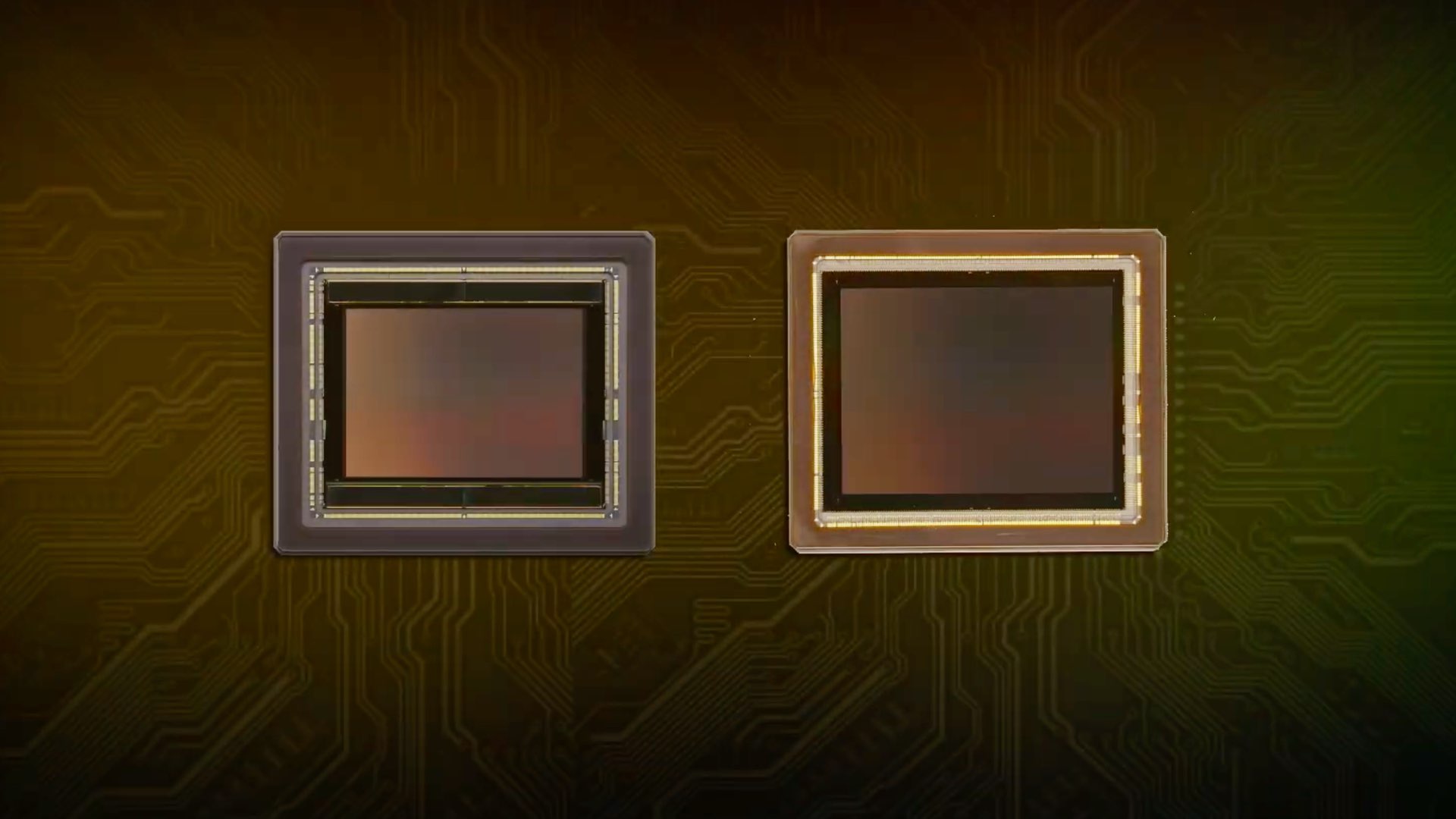
Shutters: Global vs. Rolling
As stated in the video description: “Sony offers two types of large CMOS image sensors for industrial applications: global shutter and rolling shutter. This video explains the differences and advantages of each”. The compared sensors are IMX661 127MP – Global Shutter, and IMX411 151MP with Rolling Shutter. According to the video, these are the advantages of rolling shutter CMOS sensors over global shutter CMOS sensors:
- Lower noise level
- Better sensitivity
- Better dynamic range
- Better overall image quality
And this is the advantage of global shutter CMOS sensors over rolling shutter CMOS sensors:
- Better high-speed capturing (no distortion)
Explore the sides below that summarize the key difference between the global shutter and the rolling shutter of Sony’s large format CMOS sensors:
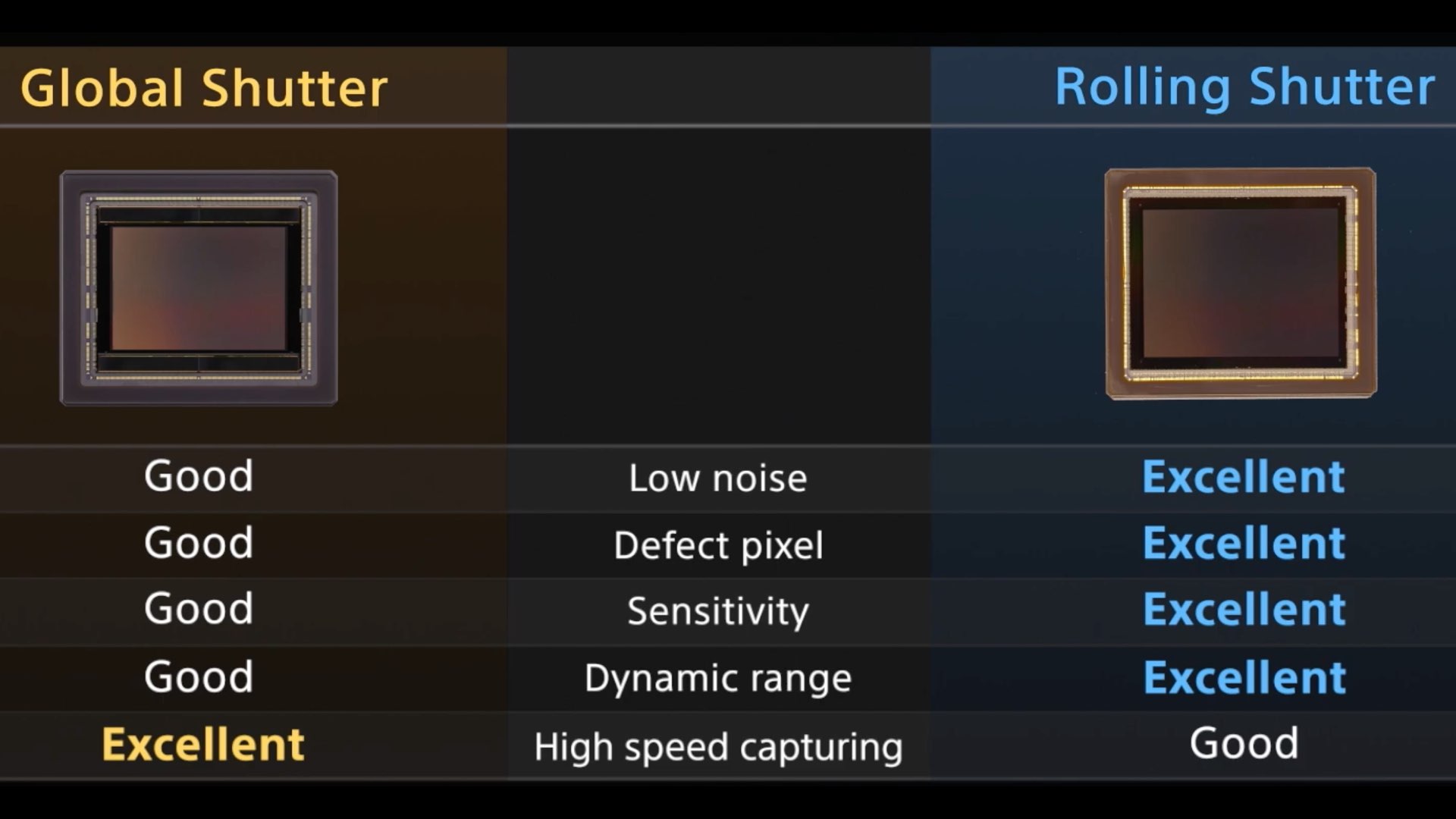
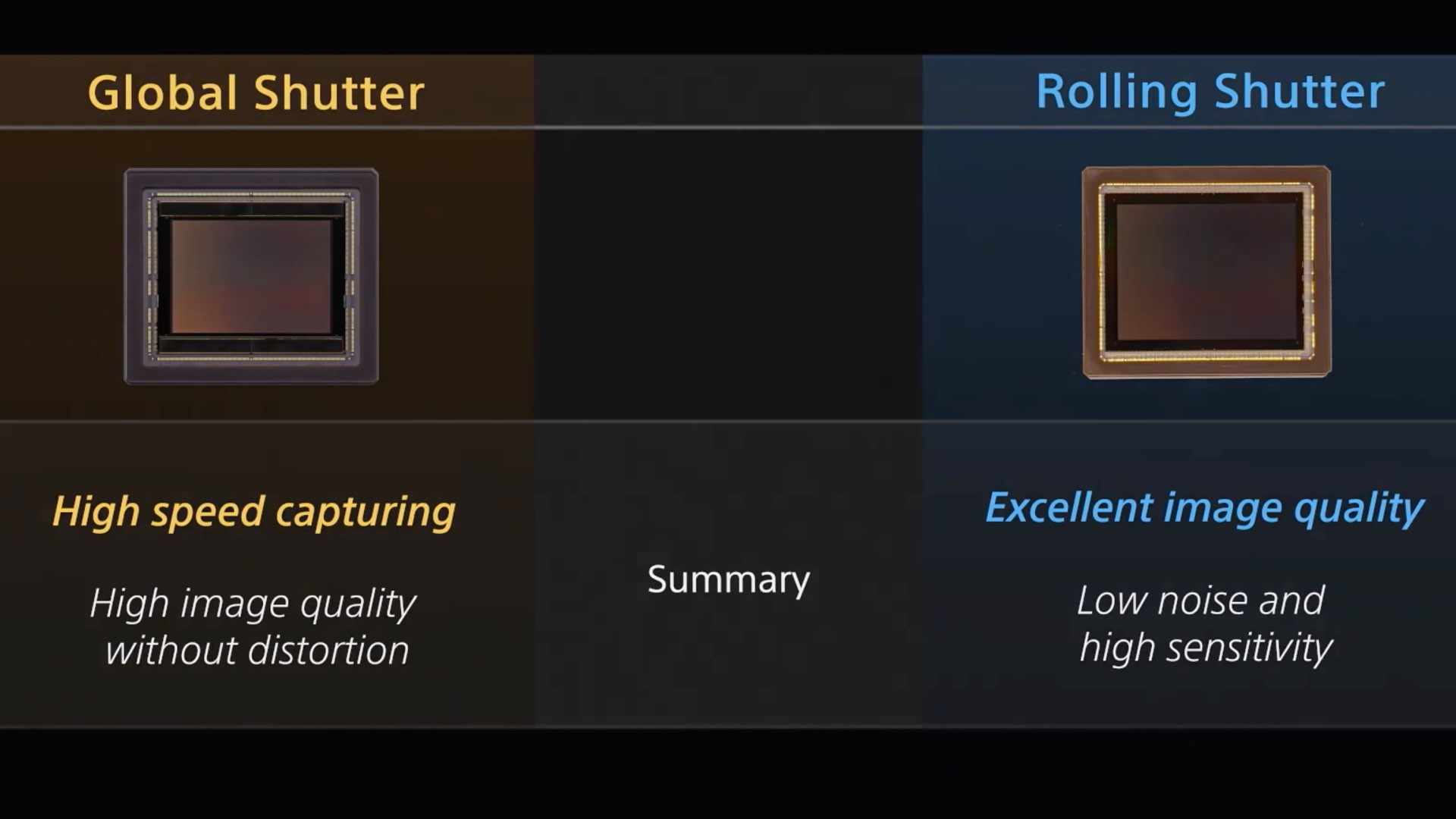
Important note: A global shutter sensor can be developed to compensate for these disadvantages, but the costs of developing and manufacturing a sensor with those capabilities will be dramatically higher. Therefore, rolling shutter sensors provide good performance metrics while keeping costs down. And in manufacturing, keeping the costs down is a hell of a crucial factor.
“Rolling” as the preferred CMOS type in cinema
As you understand, the main reason that cinema camera manufacturers prefer the implementation of rolling shutter CMOS sensor over global shutter is the image quality, as high cinematic image quality can easier be achieved with rolling shutter CMOS sensors, as opposed to global shutter CMOS sensors. As the technology is being involved, camera manufacturers invest their R&D resources in order to elevate the readout speed of the sensor thus reducing (or even completely eliminating) the jello artifacts resulting in rolling shutter CMOS sensors. Nevertheless, global shutter CMOS sensors have more advantages than documented in the video. For instance, the RED Komodo is being utilized on virtual productions, as its global shutter capability simplifies workflow. Nevertheless, we do think that many of the audiences have got used to the familiar slanted lines. It’s not as bad as you think. Is it?

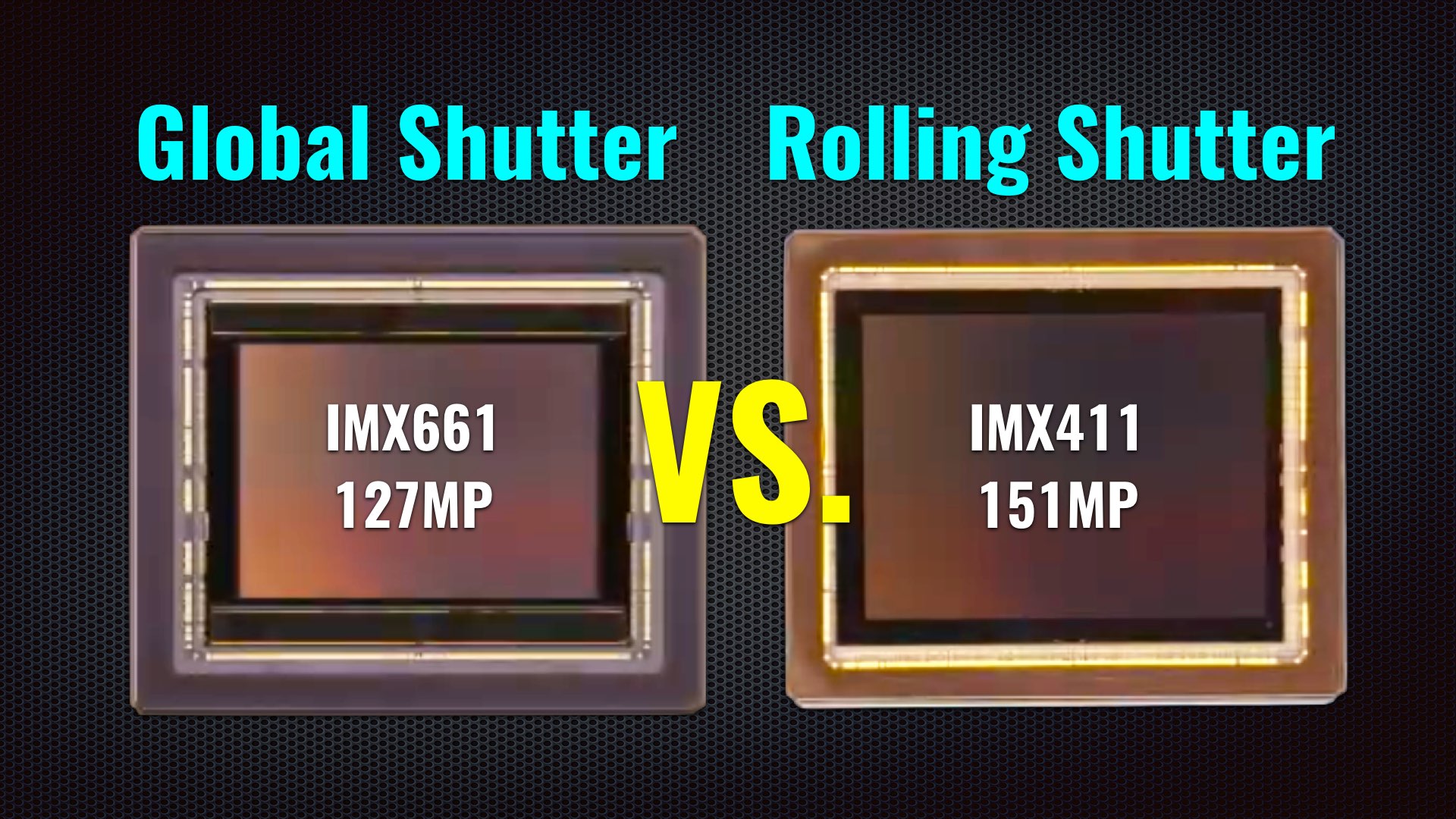
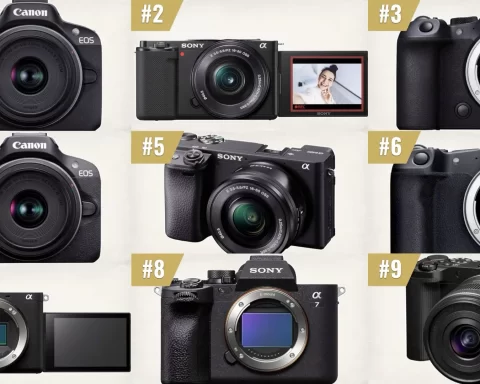
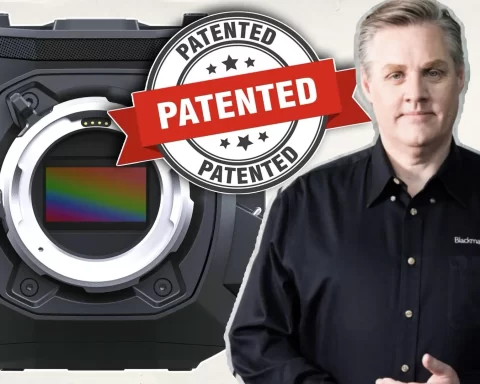


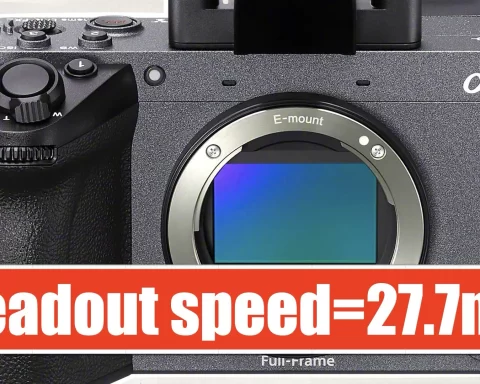
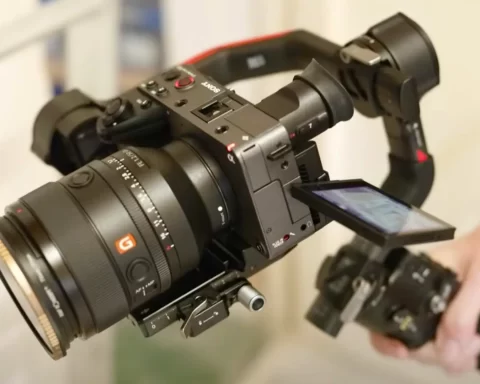






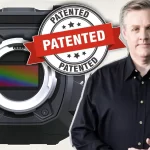
Are there any other cameras using the global shutter sensor from Sony besides the Komodo? Can I buy one as a module and plug it into a computer with a thunderbolt port, etc., or does it need a super expensive bespoke pcie card?